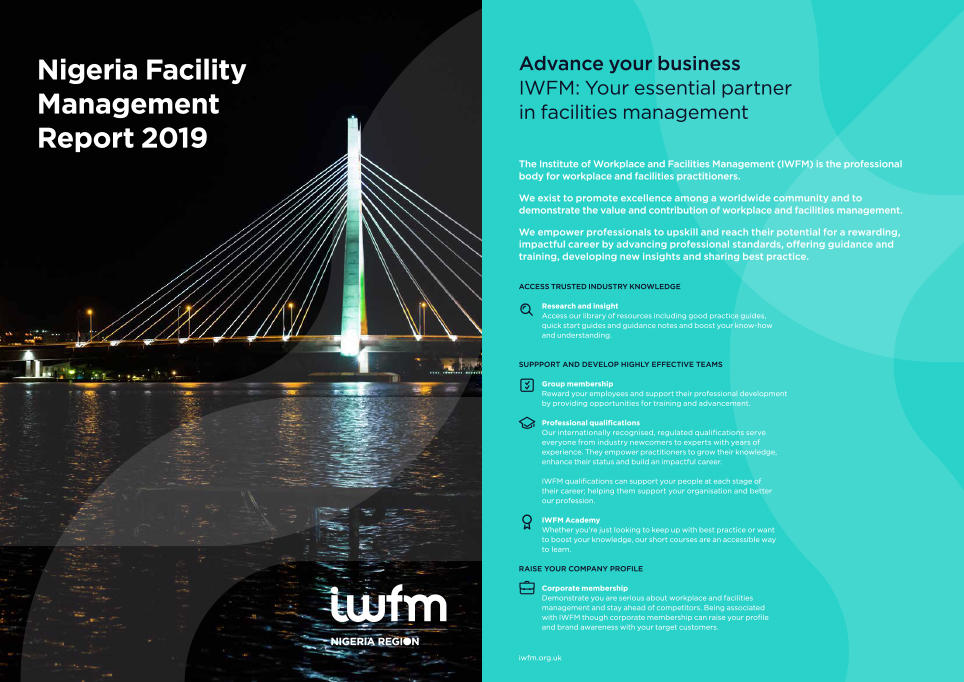Nigeria report 2019
Report
- International
- Login to view
24 September 2019

Summary
The growth of the facility management industry within a region typically points back to the emergence of institutionally owned assets that require careful management. Aside the residential assets developed by HNIs, the very first of such assets were owned by Educational Institutions, Hospitals, Corporates within the Banking, FMCG and Energy sectors. These properties were managed by internal teams or collectives of building technicians and engineers who grew into facility management roles. Significant progress was noted in the period following year 2000, driven by the completion of prime assets within the office, residential and retail spaces and the stringent asset management requirements of the institutional investors who developed them. This was accompanied by the entrance of world class players as well as the establishment of key indigenous firms.
The consensus on pricing trends is the expectation of an increase. Though the aggressive cost push inflation noted during 2016 and 2017 has since stabilised, most market participants still expect pricing for items to trend upwards.
It must be noted that power and energy cost is deliberately excluded from the survey because it is a well-established fact that it generally accounts for up to 40 percent of Facilities Management costs.
Other operational costs analysed in this report do not also take into consideration executive man-hour costs and cost of breakdown arising from operational inefficiencies. In the real sense, these costs could well account for up to 25% of total Facilities Management cost.
Log in to view more
To access this resource, you will need to register and create an account for free. You'll then be able to download pdfs in a format that helps IWFM reduce its carbon footprint but also quick and convenient to read on screen. If you would like to join IWFM and find out more about how you can access our member only resources visit iwfm.org.uk/membership.
